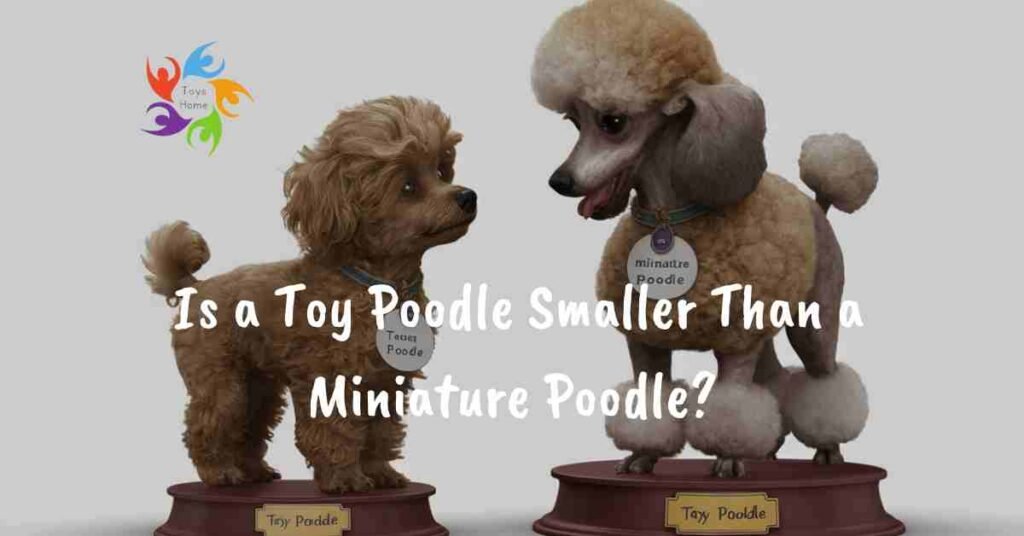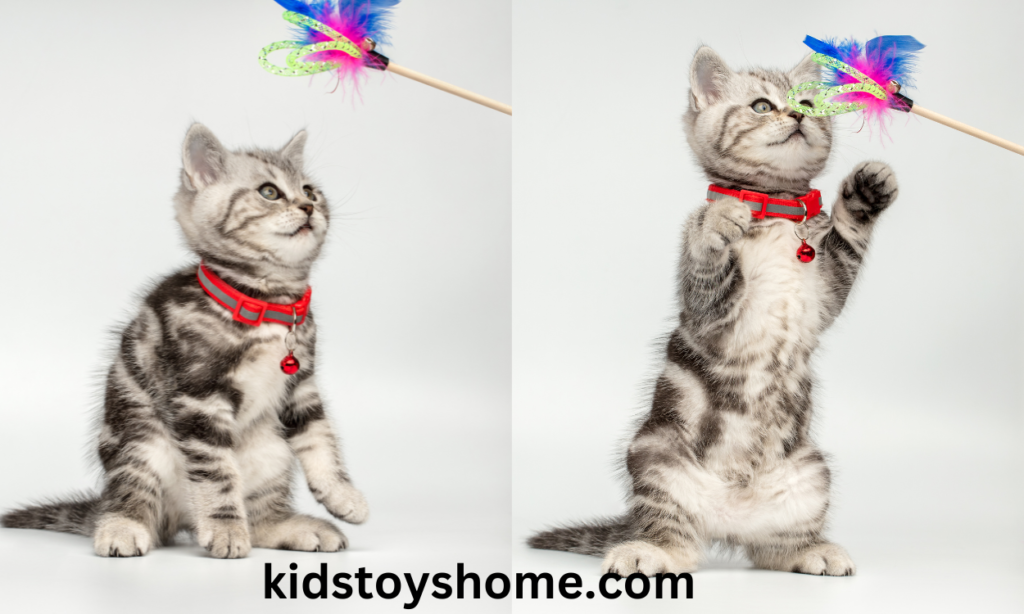Astronomy, the study of celestial objects and phenomena, holds immense importance for kids. It broadens their understanding of the world beyond our planet and fosters curiosity, creativity, and a sense of wonder.
Children, naturally inquisitive, often gaze at the stars and question the mysteries of the universe. This is where a telescope can play a critical role. A telescope serves as a window to the cosmos for kids, allowing them to explore the infinite expanse of the sky, observe distant stars, and discover celestial wonders. It can ignite their interest in astronomy, inspiring them to learn more about the universe we inhabit.
As a parent, providing your child with a telescope could be the first step towards nurturing their scientific curiosity and potentially setting them on a path to a lifelong love of astronomy.
Why should kids have a telescope?
Kids should have a telescope because it can spark their interest in astronomy and science, encouraging exploration and discovery and fostering a love for learning.
By allowing kids to observe celestial bodies such as the moon, planets, and stars, a telescope can enhance their understanding of the universe and encourage curiosity about the world around them.
For example, kids can use a telescope to see the rings of Saturn, the craters on the moon, or the moons of Jupiter, providing them with a firsthand look at the wonders of space.
A telescope can help kids learn about scientific concepts such as orbits, gravity, and the properties of light. Through this hands-on experience, children can develop a deeper appreciation for the natural world and the laws of physics.
Overall, a telescope offers numerous benefits for kids, including inspiring a passion for astronomy, nurturing their scientific curiosity, and promoting a sense of wonder and exploration.

Benefits of stargazing and exploring celestial objects
Looking up at the night sky has always been a source of wonder and awe for humans. Stargazing and exploring celestial objects provide a myriad of benefits, both for our mental well-being and for expanding our knowledge of the universe.
From gaining a deeper appreciation for the beauty and vastness of space to finding a sense of perspective and mindfulness, stargazing has the power to bring a sense of peace and wonder to our lives. The exploration of celestial objects offers opportunities for scientific discovery and advancement, allowing us to learn more about the universe and our place within it.
Whether it’s through the simple act of looking up at the stars or through the sophisticated instruments used by astronomers, the benefits of stargazing and exploring celestial objects are vast and impactful.

Understanding Telescopes
There are three major kinds of telescopes: refractor, reflector, and compound. A refractor telescope uses lenses to gather and focus light, providing clear and sharp images. A reflector telescope uses mirrors to gather and focus light, making it ideal for observing faint objects in the sky. A compound telescope, also known as a catadioptric telescope, combines lenses and mirrors to offer a compact and versatile design, making it suitable for various types of observations.
For beginners’ telescopes for kids, it is important to consider the aperture size, which determines the amount of light a telescope can gather. A larger aperture allows for brighter and clearer images. Magnification is also essential, as it determines how much closer objects can appear. Additional accessories such as eyepieces, filters, and a sturdy mount for stability are important for a complete viewing experience.
Telescope mounts are crucial in supporting and stabilizing the telescope. There are different types of mounts, including alt-azimuth and equatorial mounts, each offering different advantages in tracking celestial objects. Mounts play a key role in making observations easier and more accurate.
Pros and cons of each type
The telescope, based on its features and capabilities, limited magnification range, build quality, and computerized tracking for effortless object following.
Refractor telescopes offer high-quality images due to their simple design and use of lenses. They are durable and low-maintenance, but they tend to have a limited magnification range and may suffer from chromatic aberration.
Reflecting telescopes have a larger aperture, making them ideal for viewing faint objects. However, they require regular maintenance to keep the mirrors clean and aligned.
Compound telescopes, such as catadioptric or Maksutov-Cassegrain telescopes, combine the advantages of refractor and reflecting telescopes. They offer excellent image quality and a larger magnification range, but they may be more expensive and have a complex design, making them heavier and harder to transport.
Telescopes with computerized tracking allow for easy object following but can be more expensive and require additional setup and maintenance.
Factors to consider when choosing a telescope for kids: age, experience level, budget
When choosing a telescope for kids, there are several important factors to consider in order to ensure an enjoyable and educational experience. The age of the child is a crucial factor, as younger children may need simpler telescopes, while older kids can handle more advanced models.
Considering the child’s experience level with telescopes and astronomy is also important, as beginners may benefit from easier-to-use telescopes with fewer features. Budget is another key factor, as there are telescopes available at a wide range of price points, making it essential to find one that fits within your budget while still meeting the needs of the child.
By carefully considering these factors, you can select the perfect telescope for your child to spark their curiosity about the universe.
Type of Best Telescope for Kids
Three main types of telescopes are suitable for kids: refractor, reflector, and compound telescopes.
Refractor telescopes are great for observing stars, planets, and the moon. They are also ideal for bird watching and terrestrial viewing. Their key features include a simple design, ease of use, and low maintenance. They are also great for beginners.
- 【Fully Coated Glass Optics 】Experience the breathtaking beauty of the night sky with this professional telescope for kid…
- 【Accessories】This beginner telescope is equipped with all the essentials for embarking on your deep exploration journey….
- 【Astonishing Gifts】This NASA telescope is the extraordinary gift for astronomy enthusiasts of all ages, perfect telescop…
- 【Portable & Stable】Discover the cosmos with our portable telescope. Our telescope for beginners features a compact and l…
- 【Three Year Warranty】Buy with confidence from a California-based brand. Your purchase includes a comprehensive three-yea…
Reflector telescopes are best for observing faint objects and deep-sky viewing. They are suitable for kids who are interested in astronomy and stargazing. These telescopes are also great for astrophotography due to their larger aperture and light-gathering capability.
- EXPERTLY MATCHED OPTICS: The Skymax series of Maksutov-Cassegrain optical tubes features matched primary and secondary m…
- 94% REFLECTIVITY MIRROR COATINGS: Using a borosilicate primary mirror with an aluminum coating and a quartz overcoat, Sk…
- VIXEN-STYLE DOVETAIL: An industry standard, the Vixen-style dovetail is the most commonly used dovetail plate for astron…
- FULLY BAFFLED TUBE: Utilizing a fully-baffled tube, Sky-Watcher Maksutovs prevent stray light from interfering with your…
- EVERYTHING YOU NEED: The 102mm Skymax Maksutov-Cassegrain comes equipped with everything you need to get started, includ…
Compound telescopes, also known as catadioptric telescopes, combine the best features of refractor and reflector telescopes. They are suitable for kids interested in both terrestrial and celestial viewing. Compound telescopes are also great for astrophotography due to their versatility and compact design.
- Optimum Magnification: Our telescope for kids and adults is quipped with two replaceable excellent-quality eyepieces (25…
- Excellent Quality Optics: This telescope is 600mm(f/6.7) focal length and 80mm aperture, 80mm aperture to capture more l…
- Portable And Convenient: Comes with a phone adapter and an adjustable aluminum tripod. Wireless remote control and carry…
When choosing a telescope for kids, it’s important to consider their interests and needs. Refractor telescopes are great for beginners and bird watching, reflector telescopes are ideal for astronomy and deep-sky viewing, and compound telescopes are versatile and suitable for both terrestrial and celestial viewing.
Conclusion
A telescope serves as a window to the cosmos for kids, allowing them to explore the infinite expanse of the sky, observe distant stars, and discover celestial wonders. It can ignite their interest in astronomy, inspiring them to learn more about the universe we inhabit.
As a parent, providing your child with a telescope could be the first step towards nurturing their scientific curiosity and potentially setting them on a path to a lifelong love of astronomy.
FAQs about “Best Telescope for Kids”
What is a good age to introduce kids to telescopes
Most children can start learning about and using telescopes from the age of 7 or 8, when they have developed enough patience and focus.
What features should you look for in a kid’s telescope?
Seek a telescope that is durable, user-friendly, and offers high-quality images. A design that is suitable for children and includes safety features is also essential.
How much should you spend on a kid’s telescope?
As a general guideline, a good beginner’s telescope for a child can range from $50 to $200. More advanced models can cost more.
Is a telescope a good educational tool for children?
Absolutely! A telescope encourages children’s curiosity about the universe, can enhance their understanding of science, and can be a great way to promote outdoor activity.
Can adult telescopes be used by kids?
While it’s possible, adult telescopes may be more complex to use and might not be as sturdy as those designed for children. It’s generally recommended to start kids off with telescopes suited for their age.








